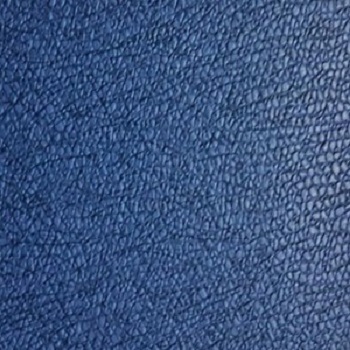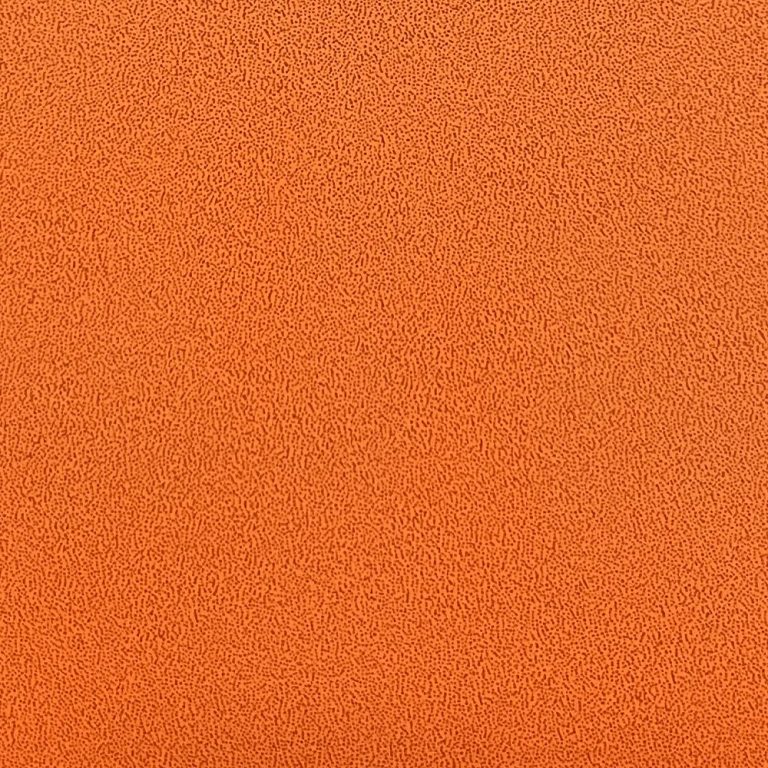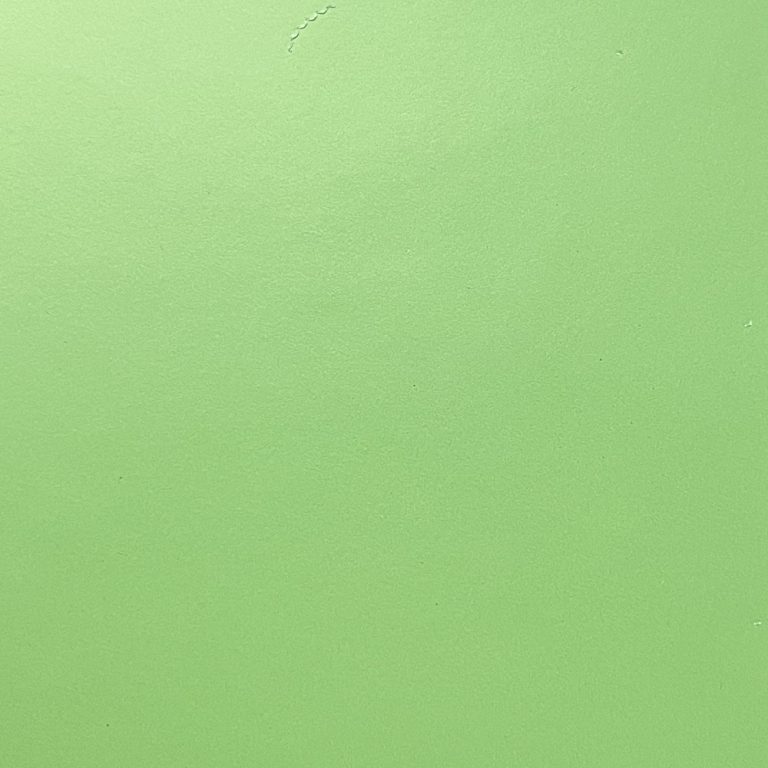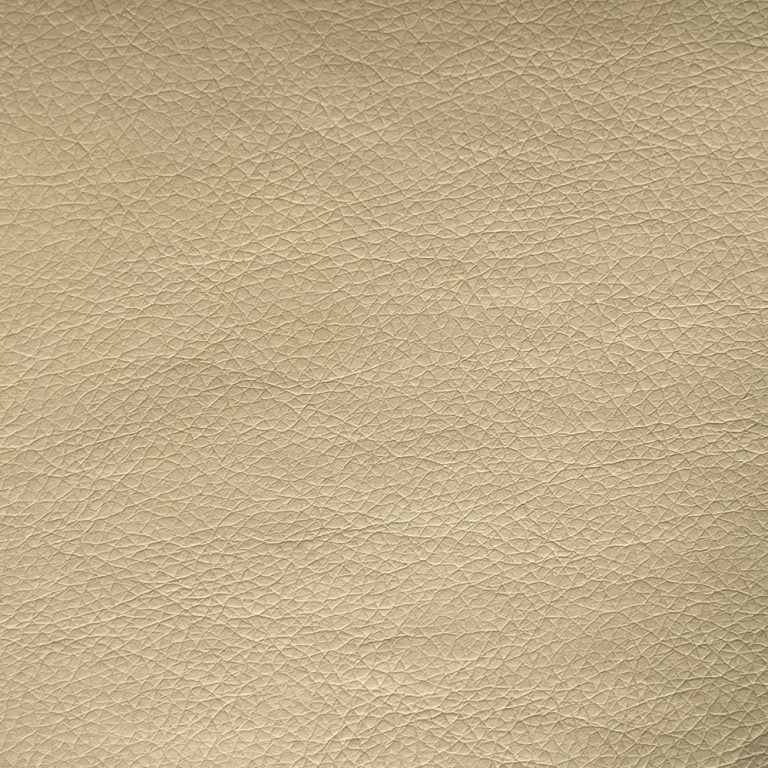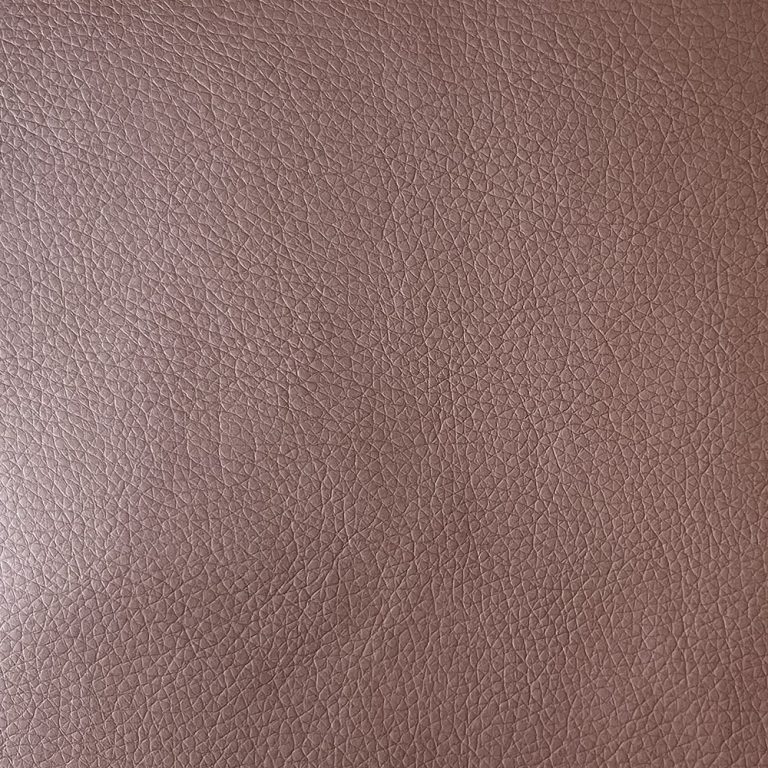Table of Contents
Pros and Cons of Using PU Lining in Shoe Manufacturing
Polyurethane (PU) lining is a popular choice for shoe manufacturers due to its versatility and durability. PU lining is a synthetic material that is commonly used in the production of footwear to provide comfort, support, and moisture-wicking properties. While PU lining offers many benefits, there are also some drawbacks to consider when using this material in shoe manufacturing.
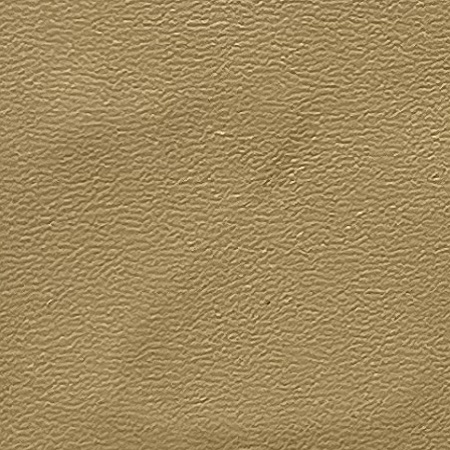
One of the main advantages of using PU lining in shoes is its durability. PU is a strong material that can withstand wear and tear, making it ideal for shoes that are subjected to daily use. Additionally, PU lining is resistant to water and moisture, which helps to keep the feet dry and comfortable throughout the day. This makes PU lining a popular choice for athletic shoes and outdoor footwear that may be exposed to the elements.
Another benefit of PU lining is its flexibility. PU is a soft and pliable material that molds to the shape of the foot, providing a comfortable and customized fit. This flexibility also allows for greater range of motion, making PU-lined shoes ideal for activities that require agility and movement. Additionally, PU lining is lightweight, which helps to reduce the overall weight of the shoe and prevent fatigue during long periods of wear.
In addition to its durability and flexibility, PU lining is also easy to clean and maintain. PU is a non-porous material that resists stains and odors, making it easy to wipe clean with a damp cloth. This makes PU-lined shoes a practical choice for individuals who lead active lifestyles and may need to clean their footwear frequently.
Despite its many advantages, there are some drawbacks to using PU lining in shoe manufacturing. One of the main disadvantages of PU lining is its lack of breathability. PU is a synthetic material that does not allow air to circulate freely, which can lead to sweaty and uncomfortable feet. This lack of breathability can be a concern for individuals who are prone to foot odor or fungal infections.
Another drawback of PU lining is its environmental impact. PU is a petroleum-based material that is not biodegradable, which means that it can contribute to environmental pollution when disposed of improperly. Additionally, the production of PU lining can release harmful chemicals into the environment, further adding to its negative impact on the planet.
In conclusion, PU lining offers many benefits for shoe manufacturers, including durability, flexibility, and ease of maintenance. However, there are also some drawbacks to consider, such as lack of breathability and environmental concerns. Ultimately, the decision to use PU lining in shoe manufacturing will depend on the specific needs and priorities of the manufacturer and consumer. By weighing the pros and cons of using PU lining, shoe manufacturers can make informed decisions about the materials they choose to incorporate into their footwear designs.
How to Properly Care for Shoes with PU Lining
PU lining is a popular choice for shoes due to its durability, flexibility, and water-resistant properties. However, like any material, PU lining requires proper care to ensure its longevity and maintain its appearance. In this article, we will discuss how to properly care for shoes with PU lining to keep them looking their best for years to come.
| Class | Article Name |
| S | Shoe Upper |
One of the most important steps in caring for shoes with PU lining is to regularly clean them. To do this, simply wipe down the shoes with a damp cloth to remove any dirt or debris. For tougher stains, a mild soap and water solution can be used, but be sure to test it on a small, inconspicuous area first to ensure it does not damage the lining. After cleaning, allow the shoes to air dry completely before wearing them again.
In addition to regular cleaning, it is also important to protect shoes with PU lining from harsh elements. This includes avoiding exposure to extreme temperatures, as well as keeping them away from direct sunlight for prolonged periods of time. If the shoes do get wet, be sure to dry them off as soon as possible to prevent any damage to the lining.
Another important aspect of caring for shoes with PU lining is to store them properly when not in use. This means keeping them in a cool, dry place away from direct sunlight and moisture. It is also a good idea to stuff the shoes with tissue paper or shoe trees to help them maintain their shape and prevent any creasing in the lining.
When it comes to maintaining the appearance of shoes with PU lining, it is important to avoid using harsh chemicals or cleaning products that could damage the material. Instead, opt for products specifically designed for PU materials, such as a PU protector spray or conditioner. These products can help to keep the lining soft and supple, as well as protect it from stains and water damage.
In addition to cleaning and protecting shoes with PU lining, it is also important to regularly inspect them for any signs of wear and tear. This includes checking for loose stitching, peeling lining, or any other damage that may need to be repaired. If any issues are found, it is best to address them as soon as possible to prevent further damage to the shoes.
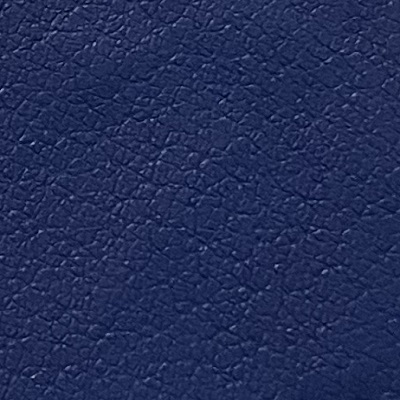
Overall, caring for shoes with PU lining is a relatively simple process that can help to extend the life of the shoes and keep them looking their best. By following these tips and taking the time to properly clean, protect, and store your shoes, you can enjoy them for years to come. Remember, a little bit of care goes a long way when it comes to maintaining the appearance and longevity of your shoes with PU lining.

